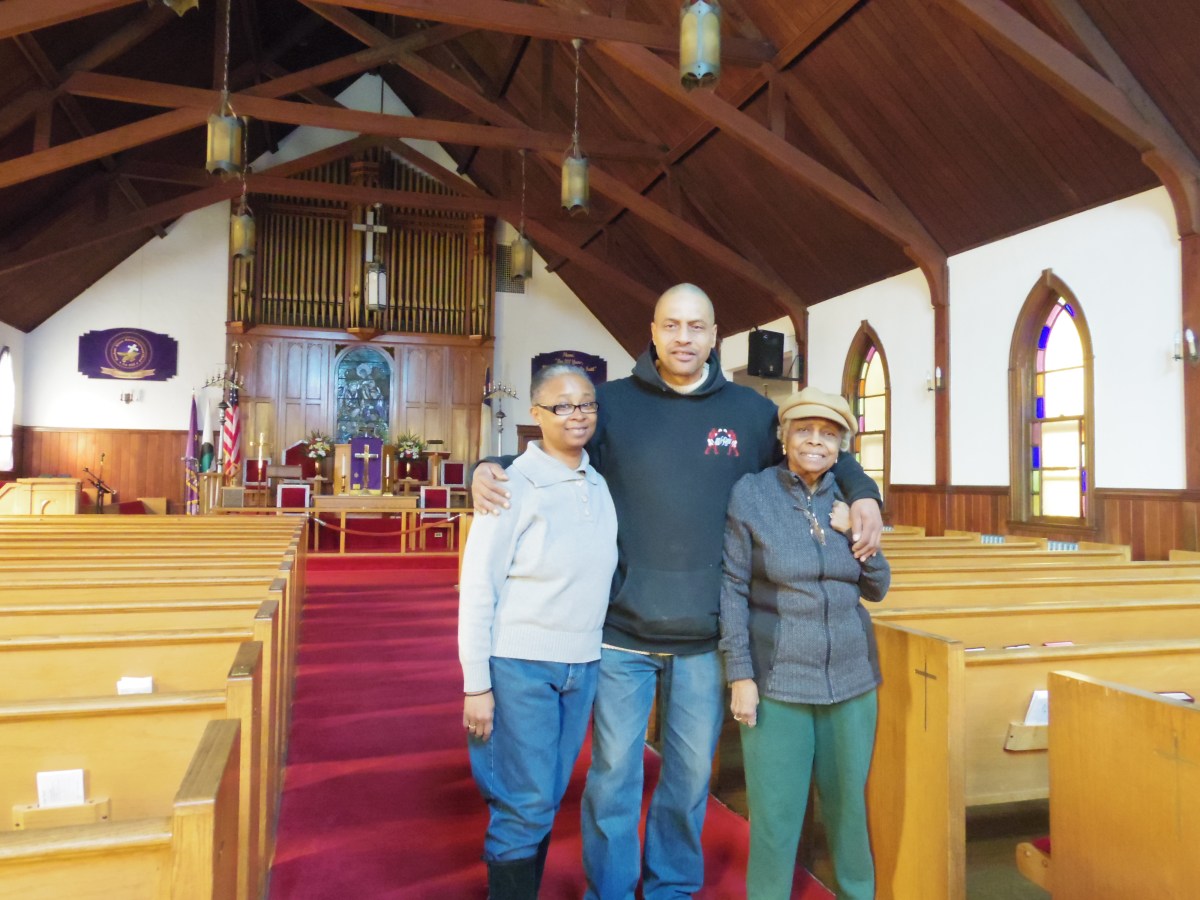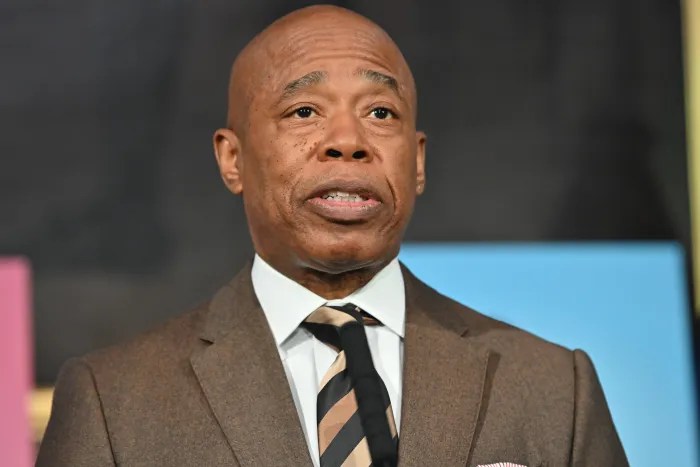A historic 19th-century Queens church that once served as a stop on the Underground Railroad could be facing the wrecking ball as leaders in the Flushing congregation consider a proposal to replace the aging structure with a new sanctuary.
The African Methodist Episcopal Church on Union Street dates back to the 1800s and today remains one of the borough’s two surviving stops on the Underground Railroad, a network of people and buildings used to shuttle slaves out of the South before the Civil War.
Flushing’s John Bowne House is the borough’s other surviving remnant of the network that brought an estimated 100,000 slaves to freedom in northern states and Canada.
But church officials, concerned about structural problems in the building, are considering building a new church on the site.
Revered McEachern confirmed that they are in the “developing stage” of tearing down the church so that a new worship site could be built. He said that the various historic elements of the building, like the church’s vaulted roof, would be preserved and used in the new building. But he declined to comment on the decision, which was made by the church’s board of trustees.
The African Methodist Episcopal Church on Union Street was established in Flushing during the early 1800s by a black and Native American congregation. During that time, escaped slaves were being shuttled through Flushing, a base for Quakers, who were fierce abolitionists and instrumental in the operation of the Underground Railroad.
Serving as a link between the South and the North, the railroad was a series of friendly establishments and communities that harbored runaway slaves as they made their way north to Canada. The railroad proved to be so effective that even George Washington complained in 1786 that one of his slaves ran away to a society of Quakers.
The possibility of tearing down the church has some members of the congregation upset that a vital link to an important part of African-American history will be lost.
“They’re going to tear this church down for absolutely no good reason,” said Mandingo Tshaka, who is a longtime member of the church and an activist for the community. “Sure, there’s a problem with the foundation, but it can be fixed. They just don’t want to do it and that’s a crying shame.”
The original church was rebuilt in 1931, with much of the structure preserved. According to Tshaka and others familiar with the issue, the foundation is failing, and this prompted the trustees to make the decision to replace the structure.
Tshaka was born in Queens and remembers visiting the church often during his childhood. The Flushing area was home to a large black community during the early 1900s. But the neighborhood soon changed and many of the original houses in the area were bulldozed for new development. The black community was displaced but the church, one of the few structures to be spared, remains.
“A way of life was destroyed as members of the African-American community were scattered,” the church wrote on its website. “Leaving only their church as a reminder of their former existence in the area.”
But if the new plans to destroy the church go through, Tshaka said, this small piece of history will be destroyed, too.
RECOMMENDED STORIES



































